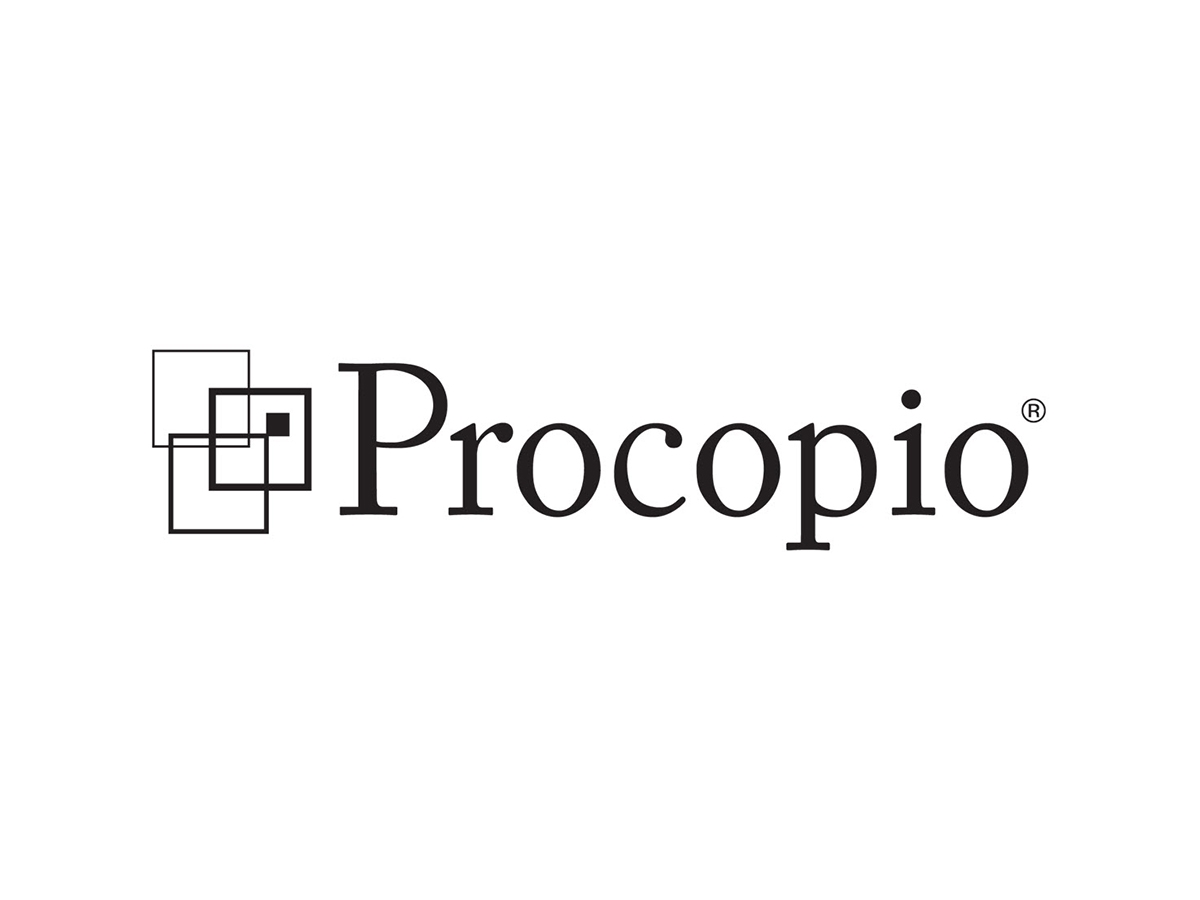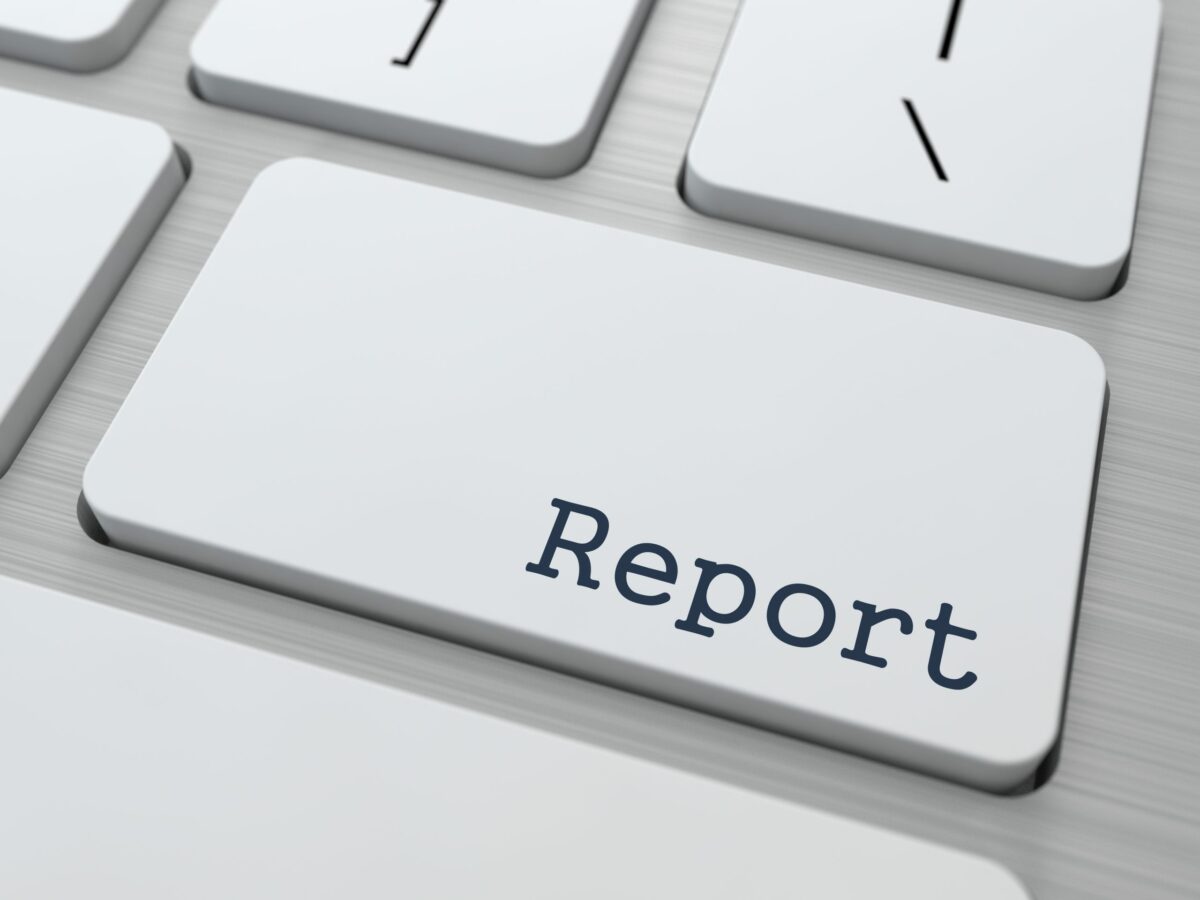How Digital Health Companies are Impacted by the USPTO’s New Obviousness Guidance | Procopio, Cory, Hargreaves & Savitch LLP
Digital health companies and other software-dependent innovators may find it harder to obtain patent protection in the wake of new patent examiner guidance issued by the U.S. Patent and Trademark Office (USPTO). The guidance, issued February 27th, appears as if the agency wishes to make it easier for examiners to reject claims on obviousness while making it harder to overcome those objections.
The new guidance emphasizes a flexible approach to determining whether what an inventor is claiming as their invention is obvious over the prior art. This guidance and emphasis is in accordance with Supreme Court’s last opinion dealing with this issue in KSR Int’l Co. V. Telfelex Inc. (KSR), which was decided in 2007. It is not clear why the USPTO felt a need to provide this new guidance at this time, as no new Supreme Court decisions have come down, and the USPTO has been operating under the KSR guidance for over 15 years.
The stated aim is to standardize application of the law of obviousness across all USPTO Technology Centers and Art Groups. But since the guidance emphasizes the use of “common sense” as opposed to an express teaching or motivation contained in the prior art, one would be forgiven for considering this an additional obstacle to patent protection.
Historically, an obviousness rejection required a finding that while no single prior art reference included or taught all of the proposed claim limitations, all of the limitations of a claim were nonetheless present in two or more prior art references, and that there was a motivation for one of skill in the art to combine those references. This motivation had to be taught in the references themselves.
In other words, the examiner could not just determine absent evidence included in the references that one of skill in the art would have been so motivated and therefore reject the proposed claim. This was an important guardrail to prevent the use of hindsight analysis to reject claims, as once a problem is solved, and a claim to the solution presented, the solution often seems obvious in hindsight. In some sense avoiding hindsight, or protecting innovation against it, is a significant purpose of the patent system.
A common pattern for our startup clients, whether in digital health or otherwise, often looks like this: the client identifies a problem, spends a lot of time and probably some of their own money theorizing a solution, and then developing a prototype or simulation so they can test whether the theory works. If so, then they raise what is often hundreds of thousands from friends and family to further develop the solution into some sort of Minimal Viable Product (MVP) in order to do further, e.g., beta-testing and to further prove out the concept. If successful at this stage, then the client will often attempt to raise millions of dollars in, e.g., a seed round to continue developing and iterating, getting more users, advancing the product, etc. And if met with continued success they will then raise millions more in venture capital to take the product to market and to scale operations.
The reason for all these steps and the significant amount of fundraising required is because the above process is not a straight line. Often the process if one of one step forward, two steps back. There is some success only to be met with failure, dead ends, brick walls, and so forth. Often a pivot is needed to take the project in a new direction and a lot of ink has been spilled providing advice to founders of startup companies on how to successfully do so. But if the client survives, if they can keep pushing through, successfully pivot, and then maybe successfully pivot again, and raise enough money to actually get to market, then undoubtedly someone will see what they have come up with and say “oh that is obvious I can easily do that and for half as much” and maybe even “why didn’t I think of that?”
And the truth is, especially as more and more of products and services are software based, they probably can do it for half as much. Because they don’t have to make all the mistakes, they don’t have to go down the wrong rabbit holes, they don’t have to pivot and then pivot again, they get to go straight to market with little development, maybe provided by an inexpensive development house overseas. They literally get to stand on our client’s shoulders and reap the benefit of all that hard work.
And now they are in the client’s market with a competitive product and offering it at half the price. The only way I know to stop this is to sue them, or at least threaten to sue them for patent infringement. Of course, this presumes that we can obtain adequate patent protection for them.
An impediment to doing so is that the same thing can happen during examination of the patent claims we are trying to get for the client. It is really easy, even natural, to rely on hindsight in determining that a claim would be obvious to one of skill in the art. This is because the examiners are smart, technically qualified individuals that understand the technology in their area. Once they have read a patent application, understood the problem and seen the solution (as claimed), it can be natural to say “oh that is obvious and that is exactly what one of skill in the art would have done.” This despite all the time, sweat, tears, and millions of dollars invested to arrive at that solution.
In theory, secondary consideration such as commercial success, long felt but unsolved needs, failure of others, etc., can be used to overcame an obviousness rejection, but we have never known an examiner to give much weight to such evidence or argument. We don’t necessarily recommend forgoing such evidence and argument if the client has strong evidence in this regard, but we tend to use it more as evidence we are putting in the record for appeal, a path most clients prefer to avoid due to the time and cost involved.
Thus, the guardrail of requiring the evidence for a motivation to combine be in the prior art itself, as opposed to being found in some nebulous application of what one of skill in the art would find to be common sense, was a useful one. For one, while smart, technically qualified and knowledgeable with respect to their areas, the examiners are not experts. Just like we practitioners are not considered experts.
The experts are the ones that produced the prior art, whether that be publications, patents, or patent applications. We should not rely on what a non-expert thinks the expert would find to be common sense, we should just rely on the what the experts say. And if they are silent on the issue, then let that silence speak as to the obviousness of a particular patent claim.
To be sure, the KSR court was sensitive to this issue and cautioned that the flexible approach described in the opinion does not relieve the decision-maker of the need to provide articulated reasoning that is grounded in fact. But the decision also included this rather ominous statement actually quoted in the new guidance: “The obviousness analysis cannot be confined . . . by overemphasis on the importance of published articles and the explicit content of issued patents.” Id. at 419, 127 S. Ct. at 1741. To the contrary, the above shows the need to confine the examination process to what the experts say in their published articles and patents and that is what cannot be overemphasized. One who has witnessed the above described process of important innovation and the often muted, unappreciative reaction thereto, would understand this to be the case. But none the less here we are, and so what does the new guidance portend?
We did not look up statistics on whether obviousness rejections increased after the KSR decision some 15 years ago, but there is no question that it changed how obviousness was dealt with and argued. And at least anecdotally it seemed clear that despite the warning for articulated reasoning, often obviousness rejections after KSR seemed to be based on no more than hindsight gleaned from applicant’s disclosure, dressed up as what one of skill in the art would find to be common sense.
But as is often the case, over time the pendulum swung back some and it seems that we have found a balance that allows claims directed to important new innovations, especially software innovation to overcome obviousness rejections. Having reach this equilibrium, it again begs the question, why this new guidance now?
Despite the new equilibrium, there is no question that certain art groups are more rigorous shall we say in application of obvious rejections. If the aim of standardizing application of the law of obviousness means bringing these outliers more toward the norm, then the new guidance is certainly welcome. But this statement from the guidance seems to indicate that the real aim is to pull the majority of art units toward the approach used by those more extreme art units: “To be sure, the Federal Circuit continues to use the word “motivation” in its obviousness jurisprudence. However, it is evident that the term is no longer understood in a rigid or formalistic way.”
There is also this: “In keeping with this flexible approach to providing a rationale for obviousness, the Federal Circuit has echoed KSR in identifying numerous possible sources that may, either implicitly or explicitly, provide reasons to combine or modify the prior art to determine that a claimed invention would have been obvious. These include “market forces; design incentives; the `interrelated teachings of multiple patents’; `any need or problem known in the field of endeavor at the time of invention and addressed by the patent’; and the background knowledge, creativity, and common sense of the person of ordinary skill.” Citing Plantronics, Inc. v. Aliph, Inc., 724 F.3d 1343, 1354 (Fed. Cir. 2013), quoting KSR, 550 U.S. at 418–21, 127 S. Ct. at 1741–42.
In other words, the Office is signaling an emphasis not on secondary indicia of non-obviousness as required under KSR based on the Graham factors, but rather on secondary indicia of obviousness. This seems to be a perversion of the law, even if sanctioned by the Federal Circuit.
No one should be in favor of issuing patents for innovations that are simply obvious extensions of the prior art. But we do want to incentivize and protect the innovation process described above as it is literally the lifeblood of our economy. The KSR decision requires a more flexible approach that does not overemphasize what the experts said in their printed publications and patents, but also considers all that one of skill in the art may glean from those publications and patents.
But we need to apply a rigid and formalistic approach to how non-experts glean what those experts may have found to be common sense, especially for new innovative and disruptive areas such as Digital Health. Unfortunately, the new guidance does not seem to reinforce such thinking. While we will simply need to deal with whatever results from this new guidance as we seek to protect our client’s innovations, the good news is that we have dealt with this before on this issue and other issues of patentability, and through it all we have been successful in protecting those innovations.






